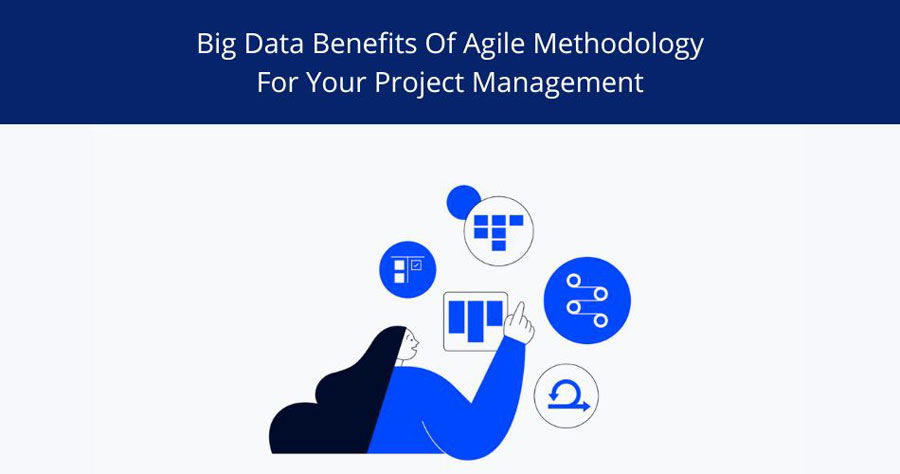An introduction to the Agile Methodology
The word “agile” refers to the characteristics of being lightweight and able to adapt and change rapidly, effectively, and efficiently. It is more of a method of thinking than just a procedure in and of itself. The primary benefit that the Agile approach offers is more flexibility in the thinking process. In addition, it is an iterative strategy, which means that after completing one phase, you learn what is more appropriate and how to progress further in the next step. These days, businesses need to be linked with IT solutions in order to keep up with their nimble and fluid nature. In addition to this, the Agile Methodology makes it easier to manage the expectations of all the stakeholders. The application of a methodology for project management to each individual project results in a great number of queries as well as suggestions.
Agile project management for data scientists
The way of managing data science projects known as an agile data science project management may be characterized as a strategy that is both flexible and efficient. It has grown in popularity over the last ten years as an increasing number of software programmers have come to the conclusion that just because they are capable of doing something does not indicate that it ought to be done. They have realized that an agile approach is an excellent instrument for managing projects and coming up with high-quality goods in short time frames, despite the fact that there are limited resources or stringent deadlines. They have gained this understanding via their experience. According to Gartner, companies would see a 30 percent increase in sales if they continually invest in new technologies that provide completely individualized consumer experiences (CX) from brand awareness through purchase and beyond if they apply agile methodology.
Agile for Projects Involving BI and Big Data
The common idea in the software industry is that business intelligence and big data consulting services are most effective when implemented under a waterfall or iterative paradigm. When taking into account the Business Intelligence success ratio, which is lower than the failure ratio, the non-agile approach is the industry’s first option. The majority of business intelligence initiatives already contain the following components:
- ETL packages/mappings
- Data model
- Data Quality
- Reporting and Graphing (Dashboards)
The project starts out with an examination of the many components, beginning with the creation of the Data model and continuing all the way to the generation of reports. Before the company can begin to see the results and advantages of implementing these components, which include analysis, development/testing, and deployment, it takes many months. The following are the consequences of this:
- After the testing has been completed, making changes to the design before it can be implemented is either very difficult or perhaps fatal.
- Users will not be able to witness any functional product until the very final day of the project
- Some of the potential dangers won’t be realized until the very last day.
- Any additional delay will further hinder the applications that come downstream.
Big data analytics utilizing agile paradigm
A result-based framework is required in order for a company to be able to derive the appropriate conclusions from data analysis in order to make choices about the strategic, tactical, and operational aspects of their organization. An examination of the data may be carried out utilizing information obtained from OLAP reports or scorecards.
Utilizing BI, Big Data analytics, predictive analysis, or mining models may help one acquire insights into operational processes. These best moments are crucial to the process of making decisions for a company and may have far-reaching repercussions on the results for the company.
In the software industry as a whole, business intelligence and big data services are often used in combination with either a waterfall or an iterative approach. These models are organized in a hierarchy that begins with analysis and then progresses on to design, development, and eventually deployment. The hierarchy begins with analysis and ends with deployment. The issue is that the vast majority of companies do not take into account the dangers, expenses, and amount of time required until the very end. When it comes to making any essential adjustments, businesses are required to wait until the project is completed. The agile technique is required in order to meet with a greater degree of accomplishment in business intelligence initiatives.
Bottom Line
This Big Data technology” of different types has driven a sea shift in the approach that is taken to analytics, regardless of whether the nature of the analytics being performed is descriptive or predictive. However, just as with any other kind of technological solution, small and medium-sized businesses and startup companies need a high level of business responsiveness from an analytics solution. These very high standards can only be satisfied if the technology team is able to demonstrate agility across all stages.











